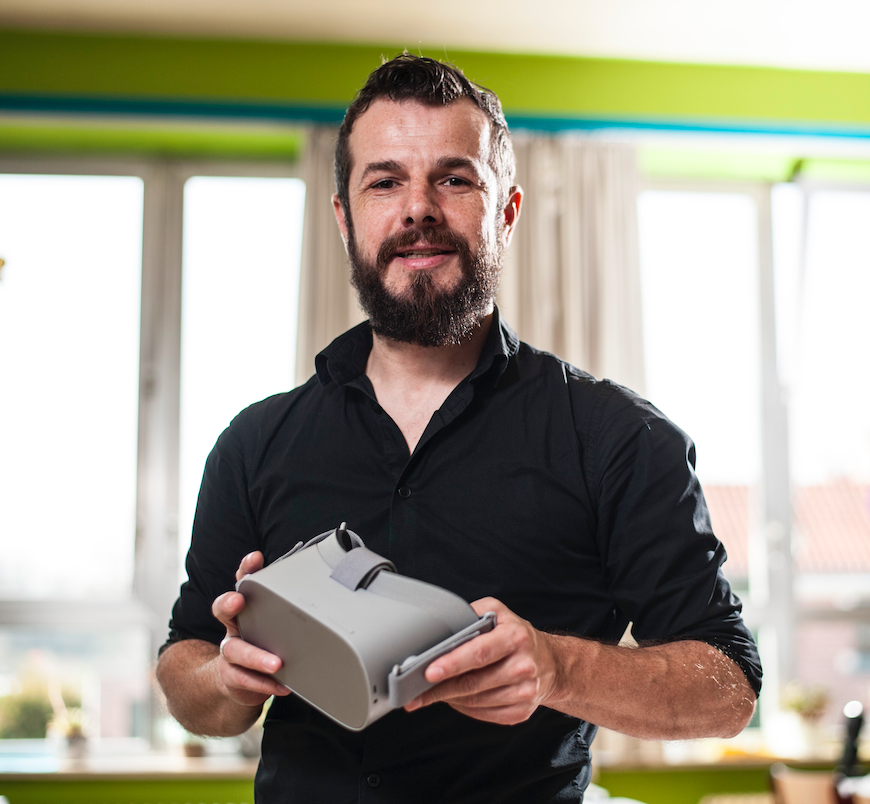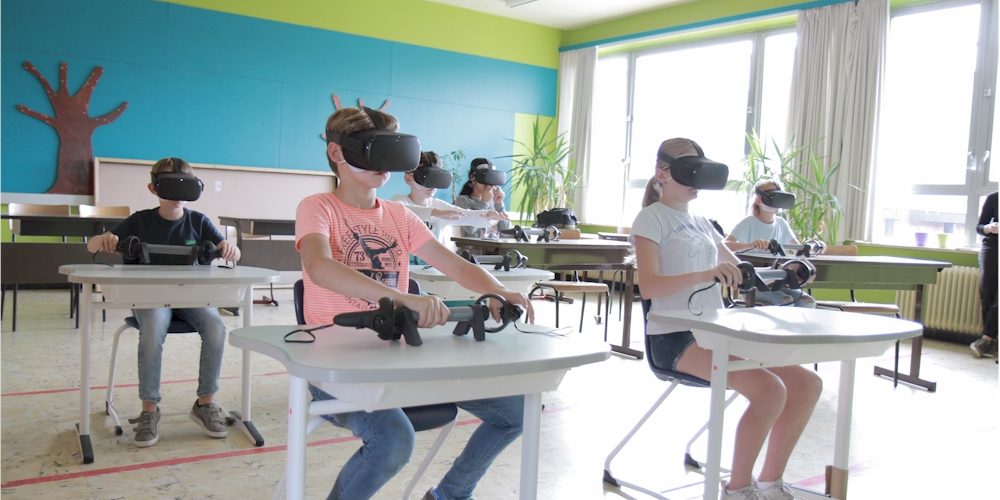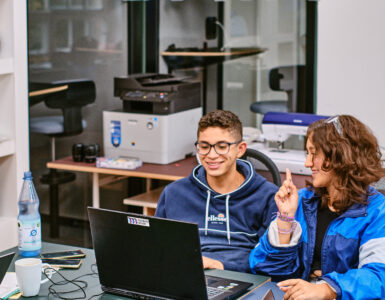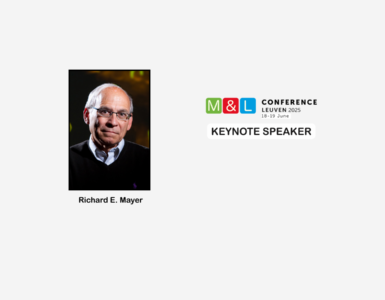Thanks to recent innovations in hardware, XR technology has become affordable for use in a wide variety of contexts, such as education and workforce training. XR holds the
continuum between actual reality and virtual reality, once labeled as mixed reality by
Milgram and Kishino in 1994. In between, you can make a distinction between different levels of immersion: augmented reality, mixed reality, augmented virtuality. Immersion makes one feel present in the virtual world. It is exactly this presence which makes
virtual reality a unique way to learn.
Virtual reality certainly provides several unique affordances; virtual reality makes the impossible possible. First of all, one can learn how the Romans lived, not by watching a documentary, but actually walking through the virtual streets. Next to travelling in time, one can also travel to far and distant places, one normally cannot reach, for example the outer rims of space or the deepest rigs in the ocean.
Getting a lot closer, experiencing how your body works from inside your body is a whole new way of teaching biology. Dissecting the body using AR or MR makes anatomy a lot
more experiential and therefore, tangible. Think about physics (the theory of relativity) or other abstract theories in courses, such as chemistry.
Talking about chemistry, could you imagine the benefits of a virtual reality chemistry laboratory? No danger, no waste of expensive elements. But even better: a student can pause or accelerate an experiment, and even see the outcome of a failed experiment. And what is really valuable is that students can try over and over again, until they master the content …at no extra cost, without any waste or fear of damage.
Fear is what a lot of people experience when speaking to a big audience. What if you could train people in virtual meetings? They can practice over and over again, experiencing that feeling of being on stage, in front of a (virtual) audience, without having to fear a real blackout.
Another best practice is using virtual reality to create a sense of awareness. How do you explain to someone what it means to have autism spectrum disorder, or what it means to cope with racism over and over every day? You can talk about it, but how about experiencing it yourself? Literally walking in someone else’s shoes, living their life, experiencing everyday life through their eyes? This again is a unique feature of virtual reality which is simply not possible with any other technology.
It is often said VR is a sole, asocial experience, everyone with their own headset in their own world. But that is simply not the only way VR is being applied. Virtual worlds now bring together people from all over the world, creating lively discussions and sharing insights with each other. Virtual reality can really be described as an inclusive technology, bridging the gap between people, and enhancing the lives of for example disabled or ill students.
As I already argued, the only limitations to virtual reality has are those of your own imagination. That makes it the key technology to use in arts and design classes. With virtual reality, students can create their own piece of art or design, without any limitations, without any waste, sharing it with others and even to collaborate with colleagues.
Within these six domains, virtual reality provides unique ways of learning: students engage actively with the content, creating a profound understanding of the materials.
In summary, XR technology can be used for:
- going back in time or to distant places (e.g. Rome Reborn, Google Expeditions, Apollo 11)
- making abstract concepts more tangible (e.g. The BodyVR; Human AnatomyVR, MelChemistryVR)
- training in a safe environment in every scenario imagined (e.g. Speech Center VR, LabsterVR, Working at height)
- creating awareness on difficult topics (e.g. The Party, 6X9, We Wait)
- bringing together people from all over the world (e.g. Engage, Glue, Vuforia Chalk)
- designing your own masterpieces (e.g. Tilt Brush, Gravity Sketch, Uptale)
Editor’s note: The second half of this article from Carl will be included in our January Newsletter

Author
Carl Boel, PhD-researcher Learning in Virtual Reality (Ghent University + Thomas More University of Applied Sciences), founder of Virtual Learning is Reality and project lead of VRkeer














